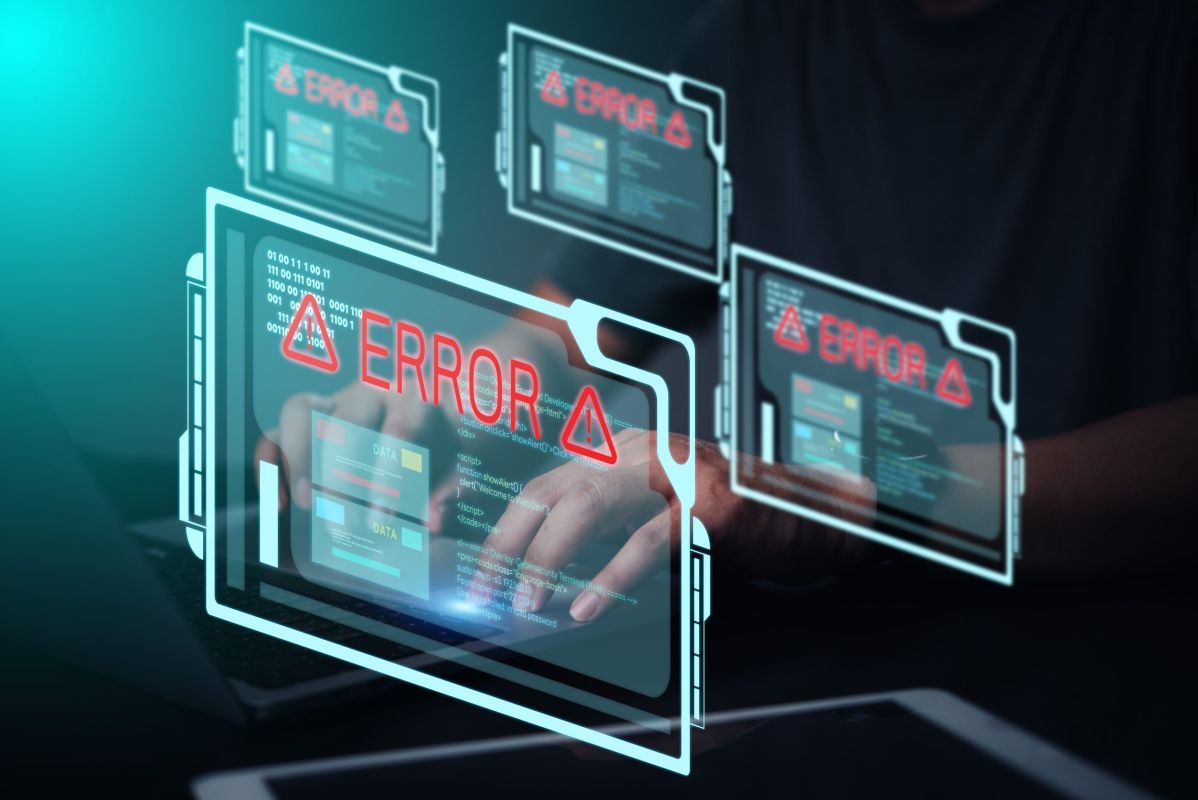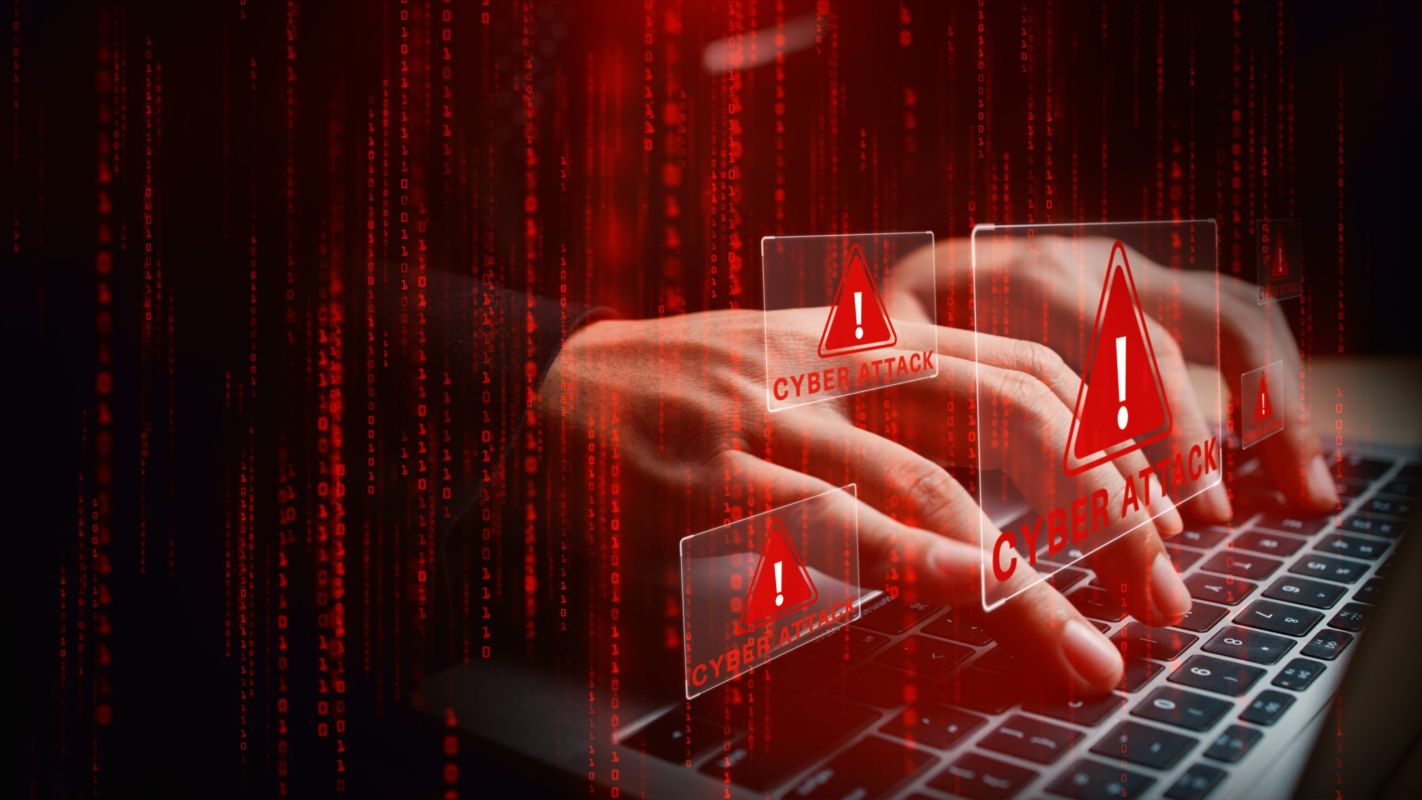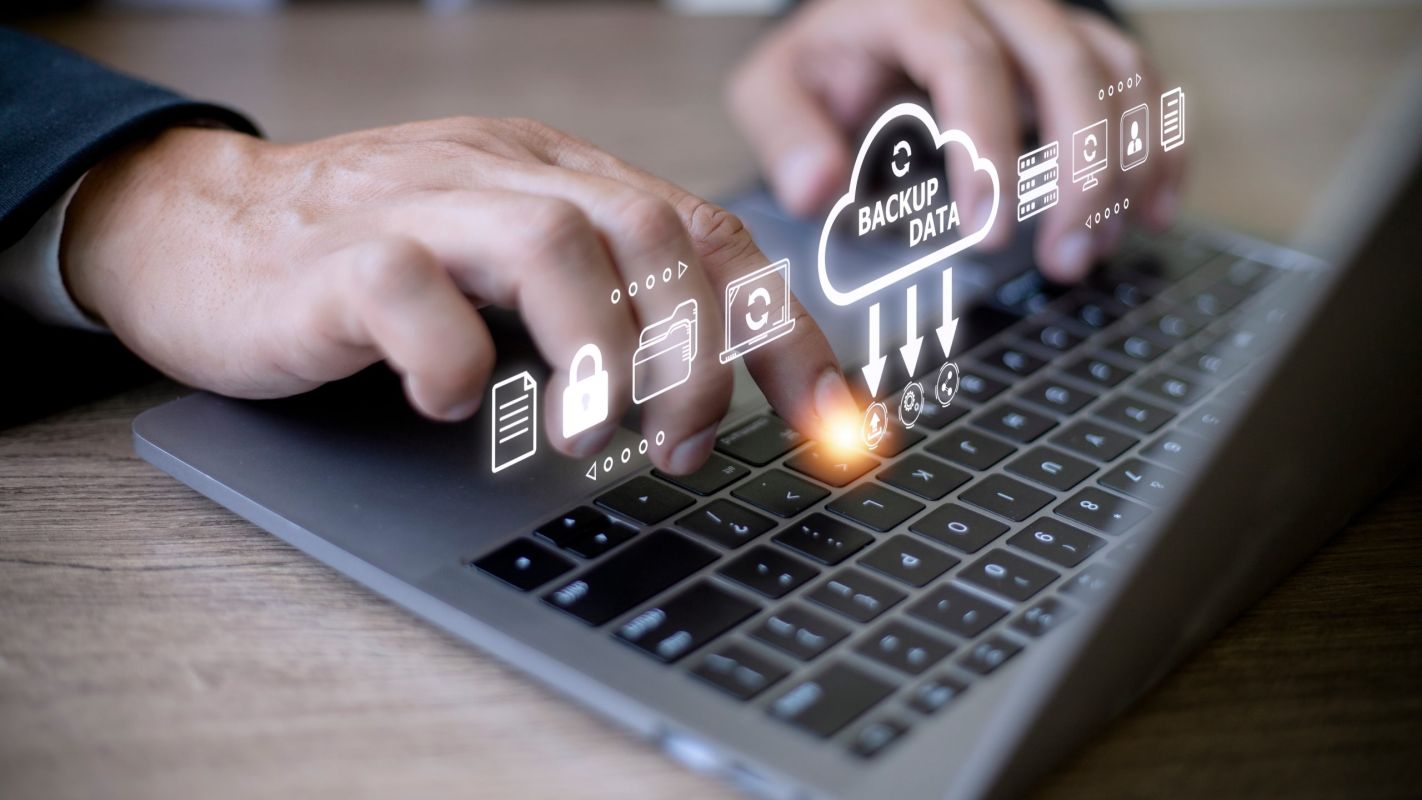

Understanding What Happens When Passwords Are Compromised
Think of your passwords as the digital keys to your personal and professional life. Sure, they’re convenient, but they always come with a lurking risk – the threat of compromise.
To mitigate the risk for yourself, your business, and your employees, you should know what to look out for to prevent compromise and how to take a proactive approach moving forward.
The Many Faces of Password Compromise
There are several ways a hacker can intercept passwords. Here are a few of the most common.
1. Phishing Attacks
One of the most prevalent threats to passwords is phishing. Cybercriminals use deceptive emails, messages, or websites to trick individuals into revealing their login credentials. Once compromised, these passwords can be exploited for unauthorized access to sensitive information or services. To protect your passwords and practice ransomware prevention, always stay vigilant about questionable emails.
2. Brute Force Attacks
In brute force attacks, hackers systematically attempt all possible combinations until they crack the password. This method relies on the assumption that weak or commonly used passwords can be revealed through persistence.
If one of your passwords falls somewhere on this list of commonly used passwords for 2024, you might as well be handing over your personal information on a silver platter:
- p@ssw0rd
- 12345
- Qwerty123
- 12345678
- 111111
- 134567890
- Q2w3e4r5t
- Admin
- Welcome
- Password
- Password1
3. Password Spraying
Rather than targeting a specific individual, password spraying involves attempting a few common passwords across multiple accounts. This technique exploits the tendency of users to reuse passwords, gaining unauthorized access to several accounts with minimal effort.
Fortifying with Multi-Factor Authentication (MFA)
One effective countermeasure against password compromise is the implementation of Multi-Factor Authentication (MFA). MFA adds an extra layer of security by requiring users to provide more than one form of identification to access an account. This could involve a combination of passwords, temporary codes sent to mobile devices, or biometric data, providing an additional hurdle for cyber criminals even if the primary password is compromised.
The Rise of Biometrics
Biometric authentication, using unique physical or behavioral attributes like fingerprints, facial recognition, or voice patterns, is gaining prominence. Unlike traditional passwords, biometrics are not easily replicated or stolen, providing a more secure method of identity verification. Integrating biometric authentication into your security protocols enhances protection against unauthorized access.
Break the Habit of Reusing or Writing Down Passwords
A common mistake for many people is the tendency to reuse passwords across multiple accounts or jot them down for easy reference. This practice poses a significant risk – if one password is compromised, it opens the door to multiple breaches. Encourage the use of unique, complex passwords for each account, and discourage writing them down. Password management tools can help users keep track of multiple strong passwords without compromising security.
Securing the Keystone
Passwords act as the keystone to our online existence. Understanding the various risks associated with password compromise is the first step toward building a robust defense.
Implementing MFA, embracing biometrics, and breaking bad habits are integral components of a proactive cybersecurity strategy. By staying informed and adopting these measures, individuals and businesses can create strong defenses against ever-evolving cybersecurity threats.
Reach out to LeadingIT if you have any questions or need password management resources or recommendations.
LeadingIT is a cyber-resilient technology and cybersecurity support provider. With our concierge support model, we provide customized solutions to meet the unique needs of nonprofits, schools, manufacturers, accounting firms, government agencies, and law offices with 20-200 employees in the Chicagoland area. Our team of experts solves the unsolvable while helping our clients leverage technology to achieve their business goals, ensuring the highest level of security and reliability.


